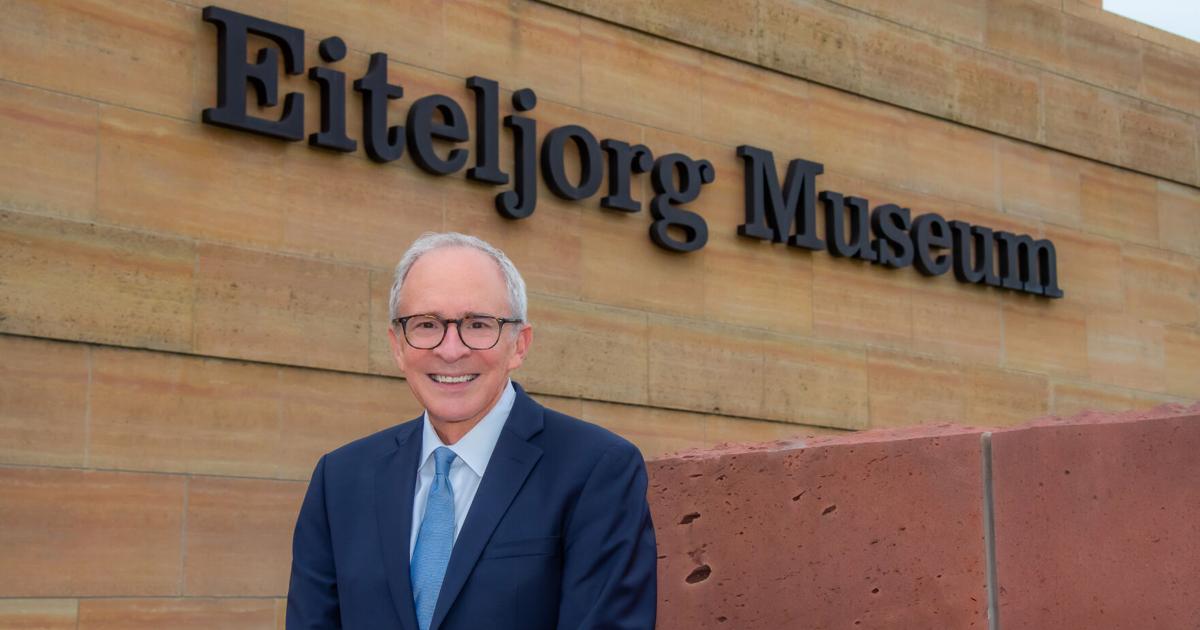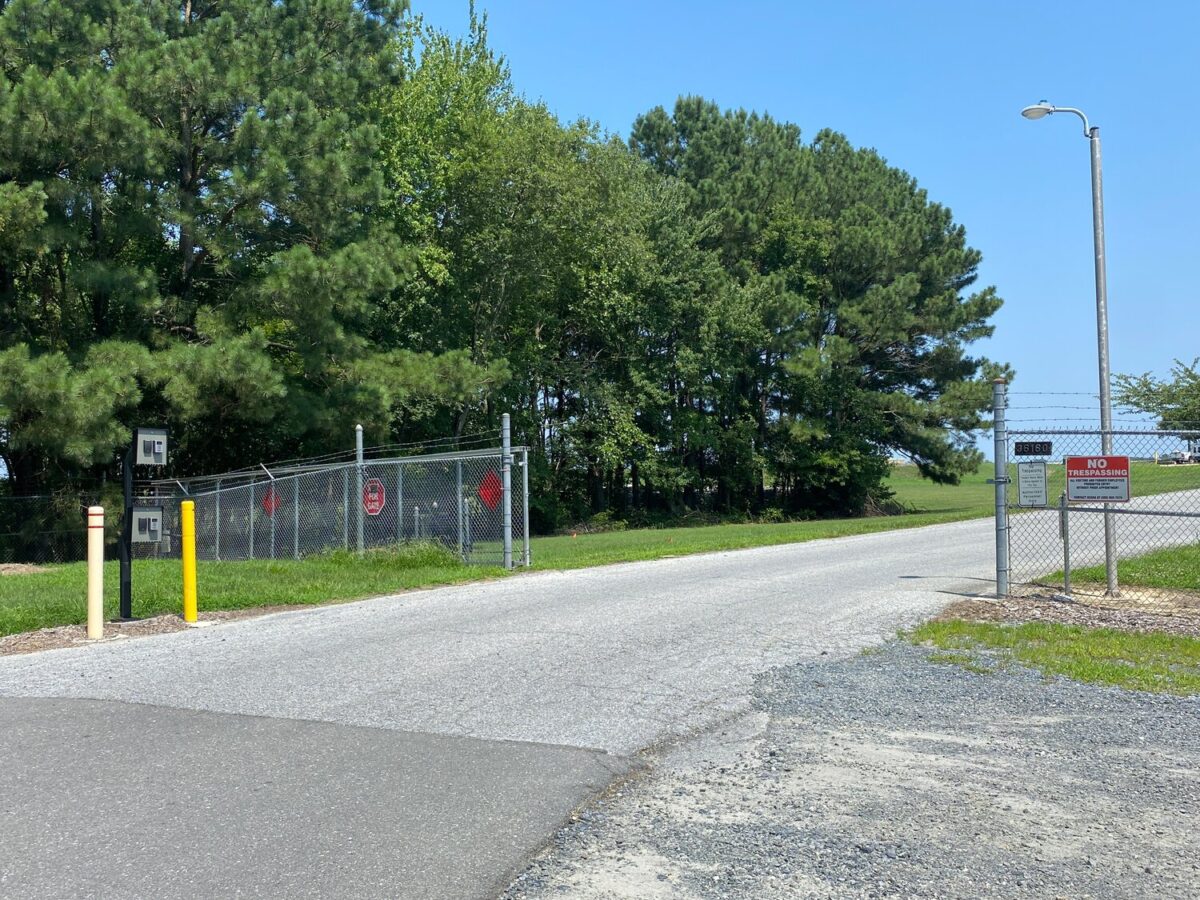[]Looking to read the full article? Scroll down and login or sign up today!
Page Reload Scroll Position []FERC to Consider Special Interconnection Rules for Tribal Energy Projects

 [] American Clean Power Association
[] American Clean Power Association
Sep 19, 2024 | James Downing []FERC announced it is going to work with federally recognized tribes on whether it needs to issue a new rulemaking to address the issues they have interconnecting renewable resources to the grid.
e;function n(e,t){for(const n in t)e[n]=t[n];return e}function r(e){return e()}function o(){return Object.create(null)}function i(e){e.forEach(r)}function s(e){return”function”==typeof e}function a(e,t){return e!=e?t==t:e!==t||e&&”object”==typeof e||”function”==typeof e}function c(e,t,r,o){return e[1]&&o?n(r.ctx.slice(),e[1](o(t))):r.ctx}function l(e){return null==e?””:e}function d(e){const t=”string”==typeof e&&e.match(/^s*(-?[d.]+)([^s]*)s*$/);return t?[parseFloat(t[1]),t[2]||”px”]:[e,”px”]}const u=”undefined”!=typeof window;let f=u?()=>window.performance.now():()=>Date.now(),p=u?e=>requestAnimationFrame(e):e;const m=new Set;function g(e){m.forEach((t=>{t.c(e)||(m.delete(t),t.f())})),0!==m.size&&p(g)}function h(e,t){e.appendChild(t)}function $(e){if(!e)return document;const t=e.getRootNode?e.getRootNode():e.ownerDocument;return t&&t.host?t:e.ownerDocument}function w(e){const t=y(“style”);return function(e,t){h(e.head||e,t),t.sheet}($(e),t),t.sheet}function b(e,t,n){e.insertBefore(t,n||null)}function v(e){e.parentNode&&e.parentNode.removeChild(e)}function C(e,t){for(let n=0;ne.removeEventListener(t,n,r)}function E(e){return function(t){return t.preventDefault(),e.call(this,t)}}function A(e,t,n){null==n?e.removeAttribute(t):e.getAttribute(t)!==n&&e.setAttribute(t,n)}const O=[“width”,”height”];function N(e,t){const n=Object.getOwnPropertyDescriptors(e.__proto__);for(const r in t)null==t[r]?e.removeAttribute(r):”style”===r?e.style.cssText=t[r]:”__value”===r?e.value=e[r]=t[r]:n[r]&&n[r].set&&-1===O.indexOf(r)?e[r]=t[r]:A(e,r,t[r])}function R(e,t){t=””+t,e.data!==t&&(e.data=t)}function q(e,t,n,r){null==n?e.style.removeProperty(t):e.style.setProperty(t,n,r?”important”:””)}function T(e,t,n){for(let n=0;n>0}(d)}_${a}`,f=$(e),{stylesheet:p,rules:m}=J.get(f)||function(e,t){const n={stylesheet:w(t),rules:{}};return J.set(e,n),n}(f,e);m[u]||(m[u]=!0,p.insertRule(`@keyframes ${u} ${d}`,p.cssRules.length));const g=e.style.animation||””;return e.style.animation=`${g?`${g}, `:””}${u} ${r}ms linear ${o}ms 1 both`,I+=1,u}function F(e,t){const n=(e.style.animation||””).split(“, “),r=n.filter(t?e=>e.indexOf(t)<0:e=>-1===e.indexOf(“__svelte”)),o=n.length-r.length;o&&(e.style.animation=r.join(“, “),I-=o,I||p((()=>{I||(J.forEach((e=>{const{ownerNode:t}=e.stylesheet;t&&v(t)})),J.clear())})))}function j(e){L=e}function U(){if(!L)throw new Error(“Function called outside component initialization”);return L}function H(){const e=U();return(t,n,{cancelable:r=!1}={})=>{const o=e.$$.callbacks[t];if(o){const i=B(t,n,{cancelable:r});return o.slice().forEach((t=>{t.call(e,i)})),!i.defaultPrevented}return!0}}const Z=[],D=[];let K=[];const W=[],Y=Promise.resolve();let X=!1;function G(e){K.push(e)}const Q=new Set;let ee,te=0;function ne(){if(0!==te)return;const e=L;do{try{for(;teoe(n,!1,”start”))),function(e){let t;0===m.size&&p(g),new Promise((n=>{m.add(t={c:e,f:n})}))}((e=>{if(d){if(e>=w)return a(0,1),oe(n,!1,”end”),–u.r||i(u.c),!1;if(e>=$){const t=s((e-$)/o);a(1-t,t)}}return d}))}return u.r+=1,s(l)?(ee||(ee=Promise.resolve(),ee.then((()=>{ee=null}))),ee).then((()=>{l=l(a),h()})):h(),{end(e){e&&l.tick&&l.tick(1,0),d&&(c&&F(n,c),d=!1)}}}function pe(e,t){de(e,1,1,(()=>{t.delete(e.key)}))}function me(e,t){const n={},r={},o={$$scope:1};let i=e.length;for(;i–;){const s=e[i],a=t[i];if(a){for(const e in s)e in a||(r[e]=1);for(const e in a)o[e]||(n[e]=a[e],o[e]=1);e[i]=a}else for(const e in s)o[e]=1}for(const e in r)e in n||(n[e]=void 0);return n}function ge(e){e&&e.c()}function he(e,t,n,o){const{fragment:a,after_update:c}=e.$$;a&&a.m(t,n),o||G((()=>{const t=e.$$.on_mount.map(r).filter(s);e.$$.on_destroy?e.$$.on_destroy.push(…t):i(t),e.$$.on_mount=[]})),c.forEach(G)}function $e(e,t){const n=e.$$;null!==n.fragment&&(!function(e){const t=[],n=[];K.forEach((r=>-1===e.indexOf(r)?t.push(r):n.push(r))),n.forEach((e=>e())),K=t}(n.after_update),i(n.on_destroy),n.fragment&&n.fragment.d(t),n.on_destroy=n.fragment=null,n.ctx=[])}function we(e,t){-1===e.$$.dirty[0]&&(Z.push(e),X||(X=!0,Y.then(ne)),e.$$.dirty.fill(0)),e.$$.dirty[t/31|0]|=1<{const o=r.length?r[0]:n;return f.ctx&&a(f.ctx[e],f.ctx[e]=o)&&(!f.skip_bound&&f.bound[e]&&f.bound[e](o),p&&we(t,e)),n})):[],f.update(),p=!0,i(f.before_update),f.fragment=!!s&&s(f.ctx),n.target){if(n.hydrate){const e=function(e){return Array.from(e.childNodes)}(n.target);f.fragment&&f.fragment.l(e),e.forEach(v)}else f.fragment&&f.fragment.c();n.intro&&le(t.$$.fragment),he(t,n.target,n.anchor,n.customElement),ne()}j(u)}class ve{$destroy(){$e(this,1),this.$destroy=e}$on(t,n){if(!s(n))return e;const r=this.$$.callbacks[t]||(this.$$.callbacks[t]=[]);return r.push(n),()=>{const e=r.indexOf(n);-1!==e&&r.splice(e,1)}}$set(e){var t;this.$$set&&(t=e,0!==Object.keys(t).length)&&(this.$$.skip_bound=!0,this.$$set(e),this.$$.skip_bound=!1)}}function Ce(t){let n,r,o,i,a=t[1].text+””;return{c(){n=y(“button”),r=x(a),A(n,”class”,”zephr-registration-form-button svelte-17g75t9″),A(n,”type”,”submit”),n.disabled=t[0]},m(e,a){b(e,n,a),h(n,r),o||(i=k(n,”click”,(function(){s(t[1].isSubmit?t[3]:t[2])&&(t[1].isSubmit?t[3]:t[2]).apply(this,arguments)})),o=!0)},p(e,[o]){t=e,2&o&&a!==(a=t[1].text+””)&&R(r,a),1&o&&(n.disabled=t[0])},i:e,o:e,d(e){e&&v(n),o=!1,i()}}}function ye(e,t,n){let{disabled:r=!1}=t,{config:o}=t,{onClick:i=(()=>{})}=t,{onSubmit:s=(()=>{})}=t;return e.$$set=e=>{“disabled”in e&&n(0,r=e.disabled),”config”in e&&n(1,o=e.config),”onClick”in e&&n(2,i=e.onClick),”onSubmit”in e&&n(3,s=e.onSubmit)},[r,o,i,s]}class Se extends ve{constructor(e){super(),be(this,e,ye,Ce,a,{disabled:0,config:1,onClick:2,onSubmit:3})}}function xe(t){let n;return{c(){n=y(“div”),A(n,”class”,”zephr-registration-form-text svelte-i1fi5″)},m(e,r){b(e,n,r),n.innerHTML=t[0]},p(e,[t]){1&t&&(n.innerHTML=e[0])},i:e,o:e,d(e){e&&v(n)}}}function ze(e,t,n){let{text:r}=t;return e.$$set=e=>{“text”in e&&n(0,r=e.text)},[r]}class Pe extends ve{constructor(e){super(),be(this,e,ze,xe,a,{text:0})}}function ke(e){let t,n,r,o,i,s=e[0].text+””,a=e[0].showLine&&Ee(),c=e[0].showLine&&Ae();return{c(){t=y(“div”),a&&a.c(),n=z(),r=y(“span”),o=x(s),i=z(),c&&c.c(),A(r,”class”,”zephr-registration-form-divider-text svelte-mk4m8o”),A(t,”class”,”zephr-registration-form-divider-container svelte-mk4m8o”)},m(e,s){b(e,t,s),a&&a.m(t,null),h(t,n),h(t,r),h(r,o),h(t,i),c&&c.m(t,null)},p(e,r){e[0].showLine?a||(a=Ee(),a.c(),a.m(t,n)):a&&(a.d(1),a=null),1&r&&s!==(s=e[0].text+””)&&R(o,s),e[0].showLine?c||(c=Ae(),c.c(),c.m(t,null)):c&&(c.d(1),c=null)},d(e){e&&v(t),a&&a.d(),c&&c.d()}}}function Ee(e){let t;return{c(){t=y(“div”),A(t,”class”,”zephr-registration-form-divider-line svelte-mk4m8o”)},m(e,n){b(e,t,n)},d(e){e&&v(t)}}}function Ae(e){let t;return{c(){t=y(“div”),A(t,”class”,”zephr-registration-form-divider-line svelte-mk4m8o”)},m(e,n){b(e,t,n)},d(e){e&&v(t)}}}function Oe(t){let n,r=t[0].show&&ke(t);return{c(){r&&r.c(),n=P()},m(e,t){r&&r.m(e,t),b(e,n,t)},p(e,[t]){e[0].show?r?r.p(e,t):(r=ke(e),r.c(),r.m(n.parentNode,n)):r&&(r.d(1),r=null)},i:e,o:e,d(e){r&&r.d(e),e&&v(n)}}}function Ne(e,t,n){let{config:r}=t;return e.$$set=e=>{“config”in e&&n(0,r=e.config)},[r]}class Re extends ve{constructor(e){super(),be(this,e,Ne,Oe,a,{config:0})}}function qe(t){let…
Continue reading





 “No Indian Policing or Politics” sign at the 2023 Friends of the Serpent Mound festival
“No Indian Policing or Politics” sign at the 2023 Friends of the Serpent Mound festival 



